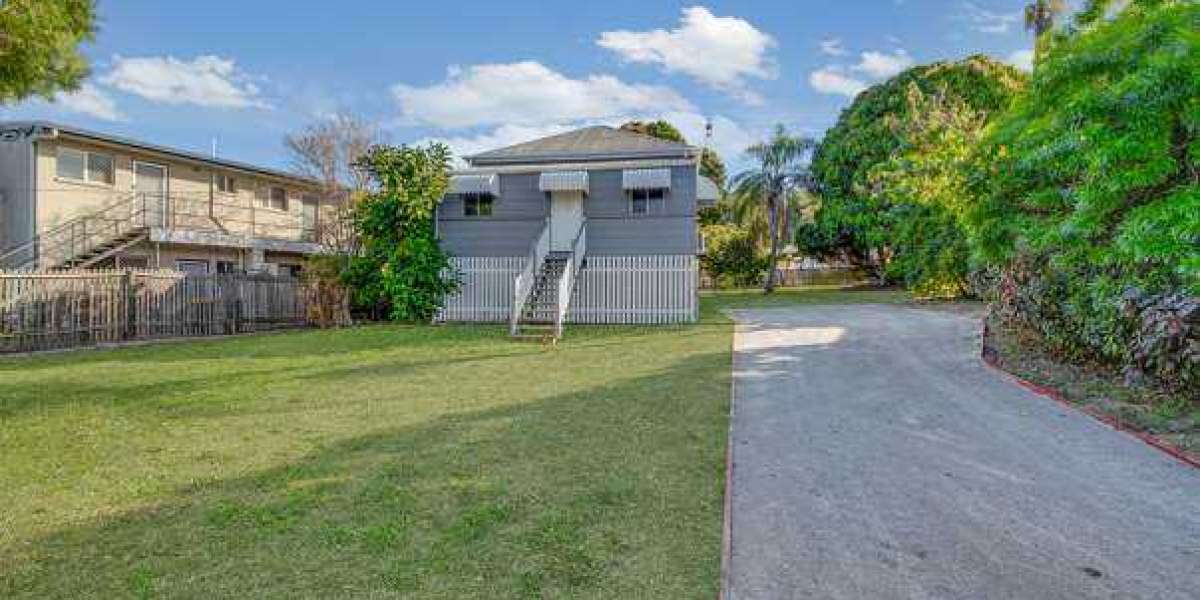Selling a Victorian home comes with its own set of unique opportunities and challenges. These architectural beauties are rich in history, ornate in design, and appealing to buyers who appreciate character and craftsmanship. However, before putting such a property on the market, it’s essential to understand the intricacies involved. This Victorian home selling guide will walk you through what you should know to make your sale successful, smooth, and profitable.
Understand the Market for Victorian Homes
Victorian homes cater to a specific audience. Unlike modern builds, these properties attract buyers who value heritage, intricate detailing, and timeless charm. As a seller, you should recognize this niche appeal and craft your marketing efforts accordingly. Highlight the home’s historical features, such as high ceilings, decorative trims, original fireplaces, or leadlight windows.
Pricing can also be tricky. While some buyers are willing to pay a premium for authenticity, others may be deterred by the potential maintenance involved. Do your homework on similar heritage property sales in your area to set a competitive yet realistic asking price.
Present Your Home in the Best Light
Staging a Victorian home requires a balance between historical charm and modern comfort. Potential buyers love to see the character, but they also want livable spaces. Emphasize the original features but tone down any overly dated décor. For instance, pairing ornate fireplaces with clean, neutral walls allows the features to stand out without overwhelming potential buyers.
Don’t forget the exterior. The curb appeal of a Victorian home can be a major selling point. Maintain the garden, repaint the trim if needed, and ensure any decorative elements like verandas, fretwork, or balustrades are clean and intact.
Address Heritage Restrictions and Compliance
One of the most important things in this Victorian home selling guide is understanding heritage overlays or preservation laws that may apply to your property. If your home is heritage-listed, there could be restrictions on what changes can be made to its exterior or internal structure.
Before listing the property, gather all documents related to heritage classification, renovation approvals, and any updates made under compliance. Buyers will want to know what’s allowed and what isn’t. Transparency will build trust and avoid any deal-breaking surprises during the due diligence phase.
Make Necessary Repairs and Upgrades
Victorian homes, while beautiful, often come with age-related issues such as outdated plumbing, electrical systems, or roofing. Investing in necessary repairs or upgrades can help increase your home’s appeal and value. A pre-sale inspection can uncover any hidden problems, giving you time to address them before potential buyers do.
If your budget allows, focus on key updates that won’t compromise the heritage feel—like installing energy-efficient heating while keeping traditional vents or updating the kitchen and bathroom with modern appliances that blend well with period aesthetics.
Highlight Unique Selling Points in Your Listing
Victorian homes are full of character, and your property listing should reflect that. Use professional photography that captures the intricate detailing, from pressed metal ceilings to ornate cornices. Describe each room with evocative language that draws attention to its uniqueness.
When listing your home on platforms like For Sale By Home Owner, take advantage of the ability to craft your narrative. Tell the story of the home’s history, how it’s been cared for, and why it’s a rare find. Buyers often form an emotional connection with heritage properties, and your listing can be the first step toward sparking that connection.
Consider Selling Without an Agent
Selling your Victorian home privately can give you greater control over the process and help you save on agent commissions. Platforms like For Sale By Home Owner allow homeowners to list and market their property directly to buyers. You can highlight your home’s strengths, negotiate on your own terms, and remain closely involved throughout the selling process.
However, make sure you’re prepared. Educate yourself on real estate laws, prepare all the required documents, and be ready to host inspections and answer detailed questions about the property’s history and structure.
Final Thoughts
Selling a Victorian home is more than just a transaction—it’s a chance to pass on a piece of history. By understanding your target market, addressing necessary repairs, complying with heritage regulations, and using the right tools to market your home, you can increase your chances of a successful sale. Use this Victorian home selling guide to stay informed and confident, and remember—presenting your home’s story with care can make all the difference.



